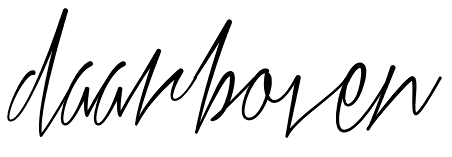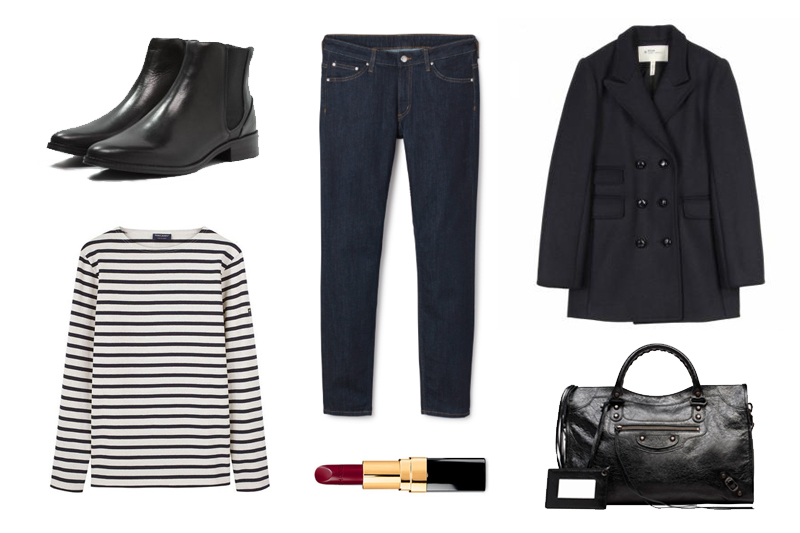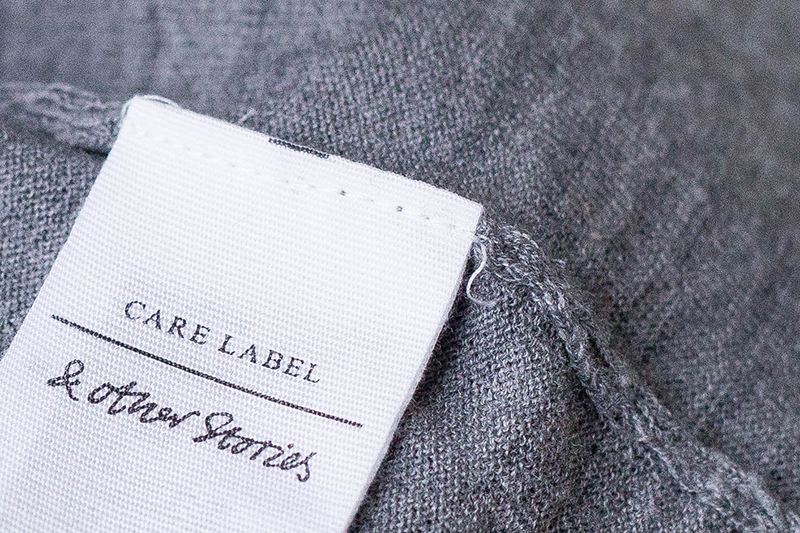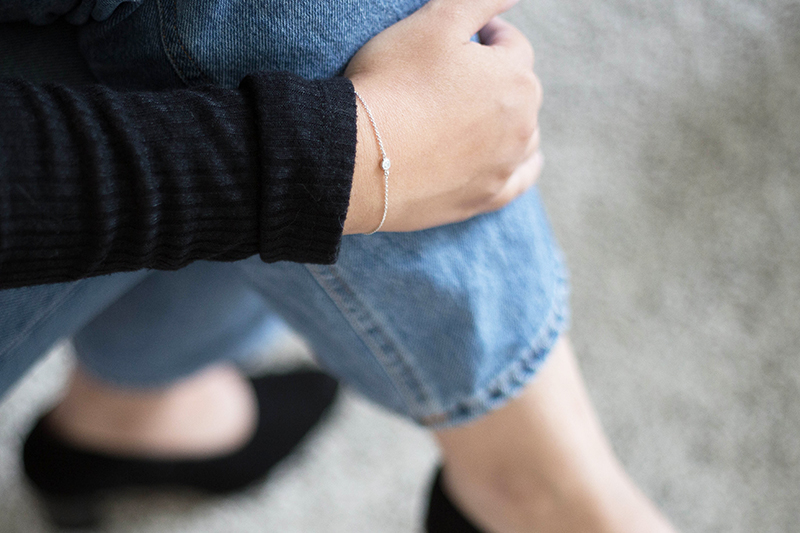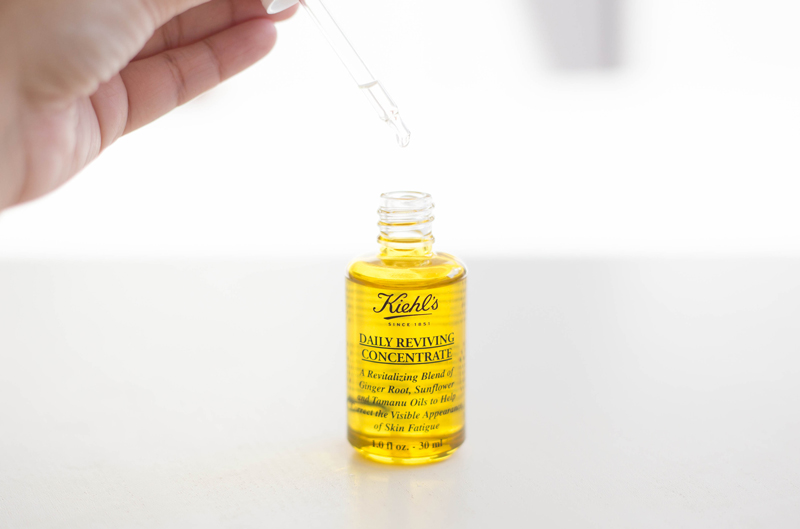I don’t shop very frequently but when I do, I often wonder if I’m the only one that goes straight for the tags to check the materials before I try something on. To me, one of the most important things to look for in a new wardrobe investment, besides the fit, price etc., is the use of natural fibres. Not only is natural fiber clothing generally more sustainable, it’s also a better investment in the long run. Let’s talk about the most common natural fibers, their pros and cons and how to take care of them in a nutshell:
Cotton
Cotton is the most popular and common fabric used today. It’s a soft, single-cell fiber, that grows from the epidermis of the seeds of the cotton plant. The fibers are spun into threads and are typically used to create soft, breathable textile. The fabric quality depends strongly on the length of the fiber. The longer the fibre the stronger and more expensive the fabric. However, when you’re on a budget, cotton clothing is definitely a good choice as it’s relatively affordable and can still be very well-made.
Pros: Comfortable and durable. It breathes well. Easy to clean.
Cons: Very absorbent. Shrinks easily.
How to wash: Machine-wash in warm water with all-purpose detergent.
Linen
Linen is spun from fibers of flax stems. The production process is similar to that of cotton, but flax fibers are longer and rougher. It takes quite a few steps to create a flexible wire from the stiff fibers and that explains the price. I own two linen t-shirts from Isabel Marant which are brilliant. They don’t wrinkle as much as expected and they drape exceptionally well. But truth be told, my overall experiences with linen are not that positive. Wrinkled clothing drives me crazy and ironing is not my favourite hobby.
Pros: Very strong and breathable. Will keep you cool during hot summers.
Cons: Wrinkles and shrinks easily. Poor elasticity.
How to wash: Machine-wash on gentle or hand wash in cold water with a mild detergent.
Wool
A natural, animal-derived fabric. Wool has scales that stick together, which makes it easy to spin. During the spinning process the fibres are twisted into a long, continuous thread, or yarn. Wool comes in various types, depending on the source of the raw material. Common types are: merino (merino sheep), mohair (angora goat), angora (angora rabbit) and alpaca (alpaca lama). Although usually not considered a type of wool, I’m a huge fan of cashmere (goat). Wool is often mixed with other fabrics to improve strength and endurance.
Pros: Soft and warm. Dirt and water resistant. Can take up to 30% of its own weight in moist without feeling wet.
Cons: High maintenance. Can be itchy. Prone to pilling.
How to wash: Dry-clean or hand-wash in cold water with mild detergent. Air-dry flat.
Silk
A delicate and luxurious material made from the cocoon of the silkworm; a process that many people find very troublesome. Extracting raw silk starts by cultivating the silkworms on mulberry leaves. Once the worms start pupating in their cocoons, these are dissolved in boiling water in order for individual long fibres to be extracted and fed into the spinning reel. Luckily there’s also such a thing as ‘wild silk’, where only the cocoon is used after the butterfly has fledged. Chiffon and crepe are examples of silk fabrics.
Pros: Feels and looks luxurious. Smooth and warm. Easily adjusts to different temperatures.
Cons: Very delicate and difficult to clean. Not always animal friendly.
How to wash: Dry-clean (preferred) or hand-wash in cold water with mild detergent. Air-dry flat.
Synthetic fibres
Although there’s nothing natural about synthetic fibres (obviously), it should be mentioned that they can also serve a purpose. When combined with natural materials, even the smallest amount of synthetic fibres can contribute to a better fitter and overall longevity. I wouldn’t neccesarily recommend clothing made of 100% synthetic fabric as it’s most likely being used to replace natural fibres to cut down costs. I do however like strange materials such as lyocell (tencel) which is neither synthetic nor natural, but a form of rayon which consists of regenerated cellulose fiber made from dissolving pulp (bleached wood pulp). It’s considered very environmentally friendly.
To end this post, I’m aware that even natural fabrics can be linked to numerous environmental issues, such as genetically modified cotton (for more info see: the true cost). It’s definitely a subject that I would like to explore further in the near future. That said, I do believe that investing in natural fabrics is a good idea when you’re working towards a small well-edited wardrobe. Pieces of clothing of exceptional fabric quality should last you a very long time.
What are your preferred fabrics?
